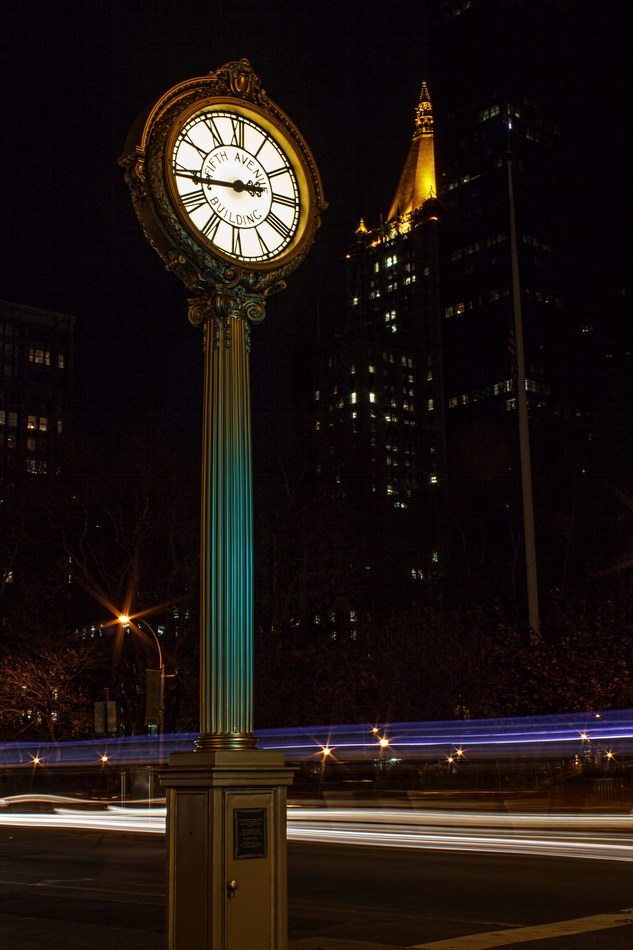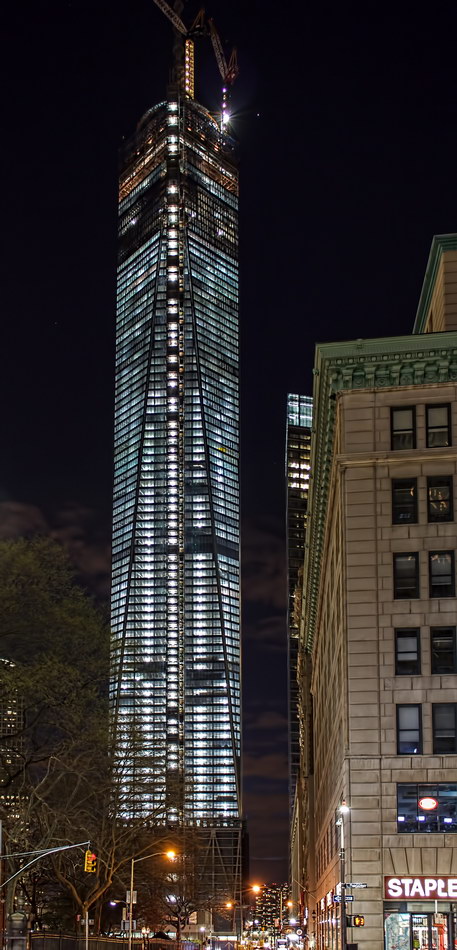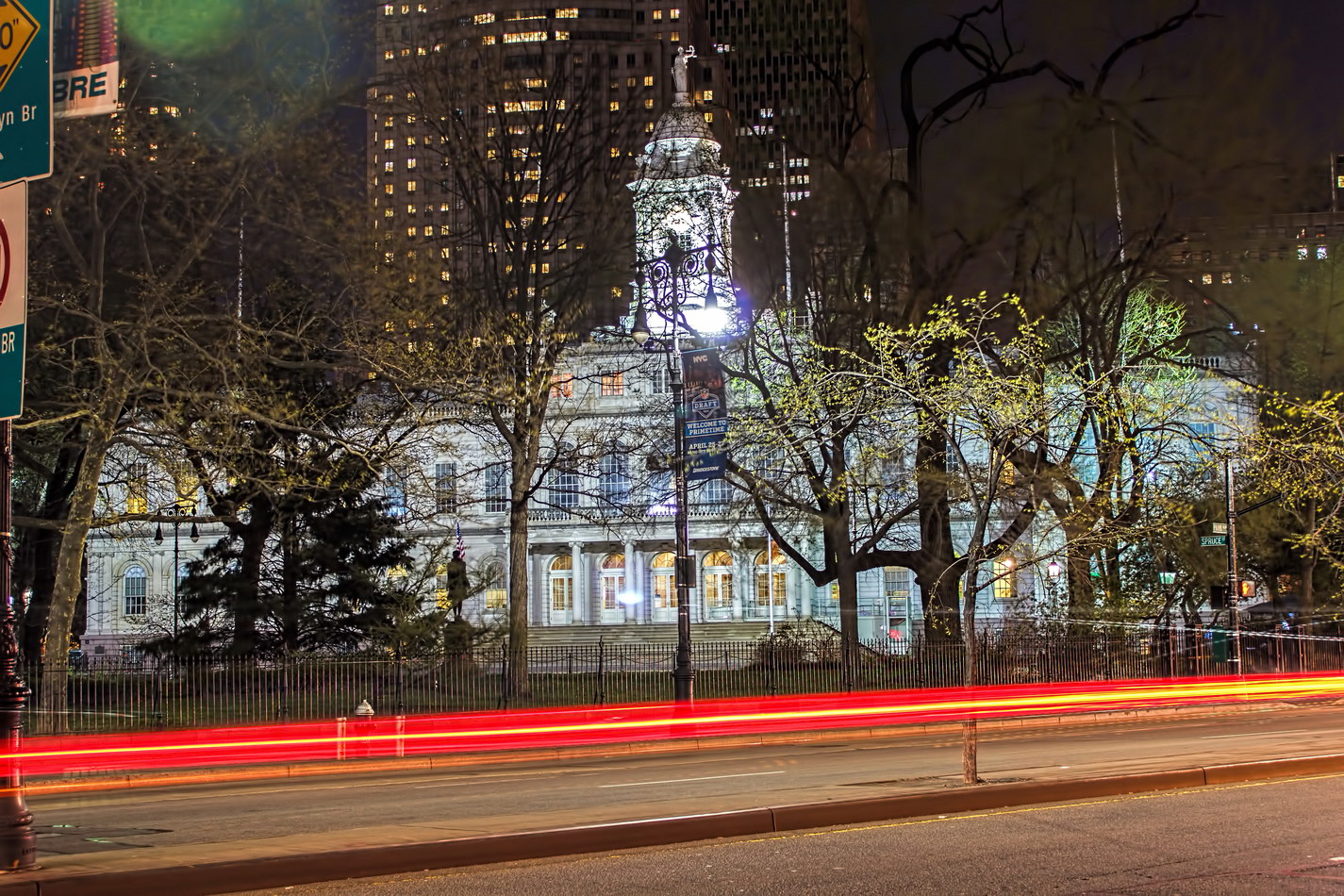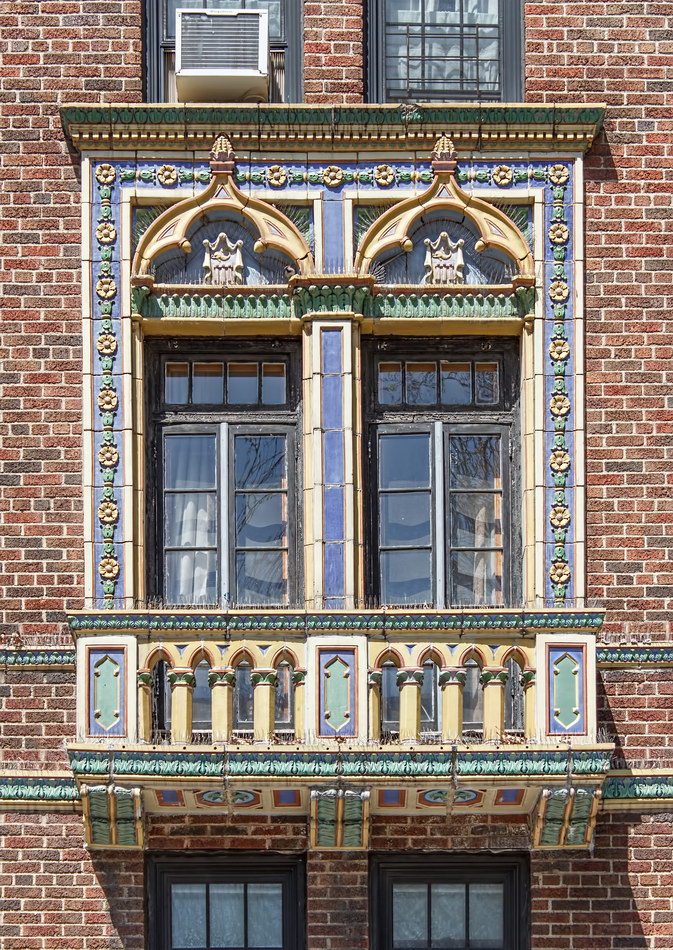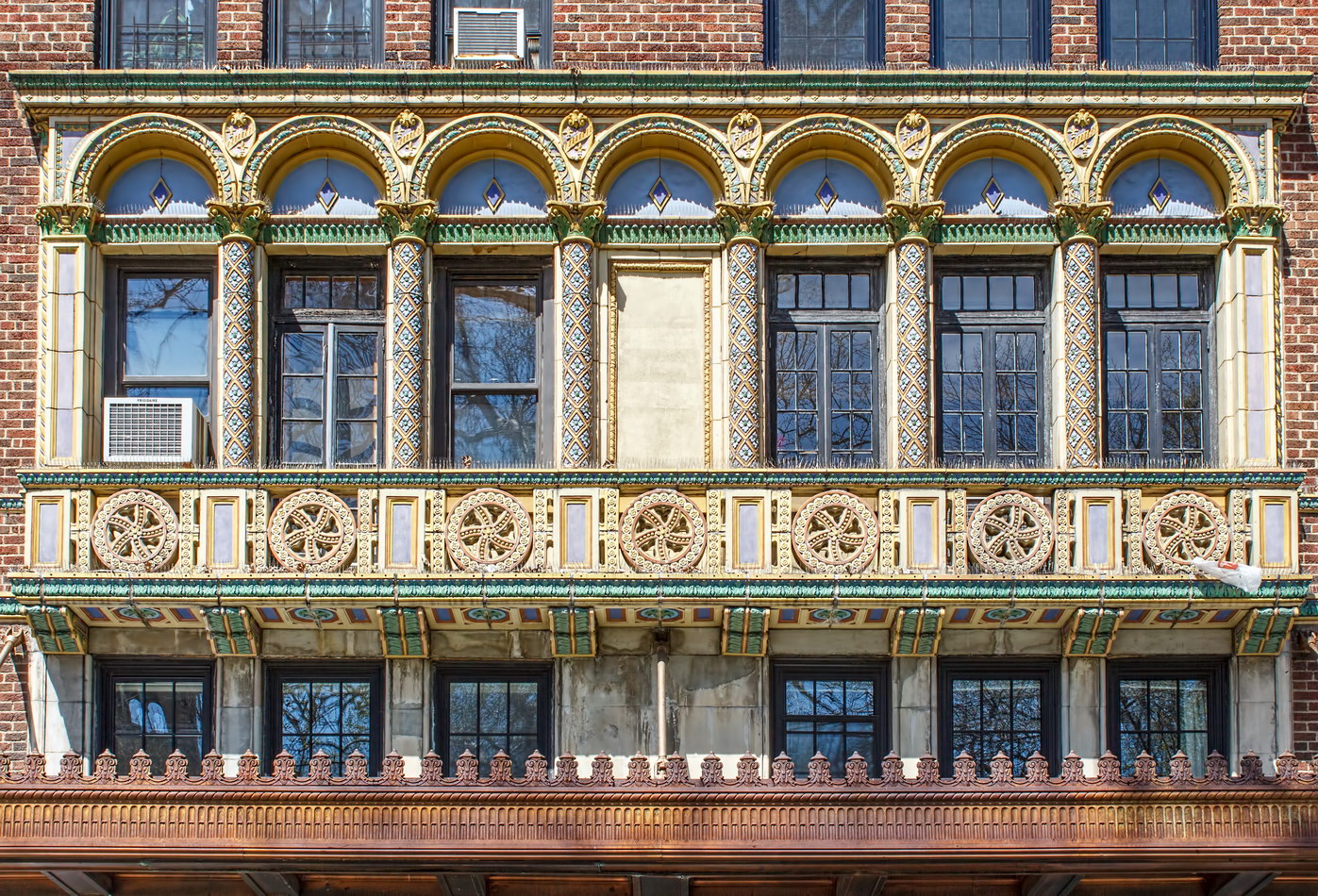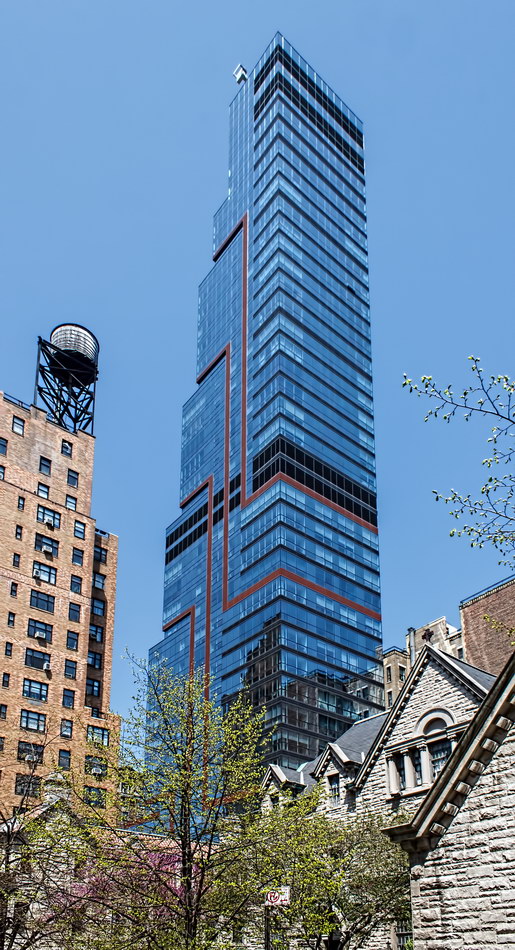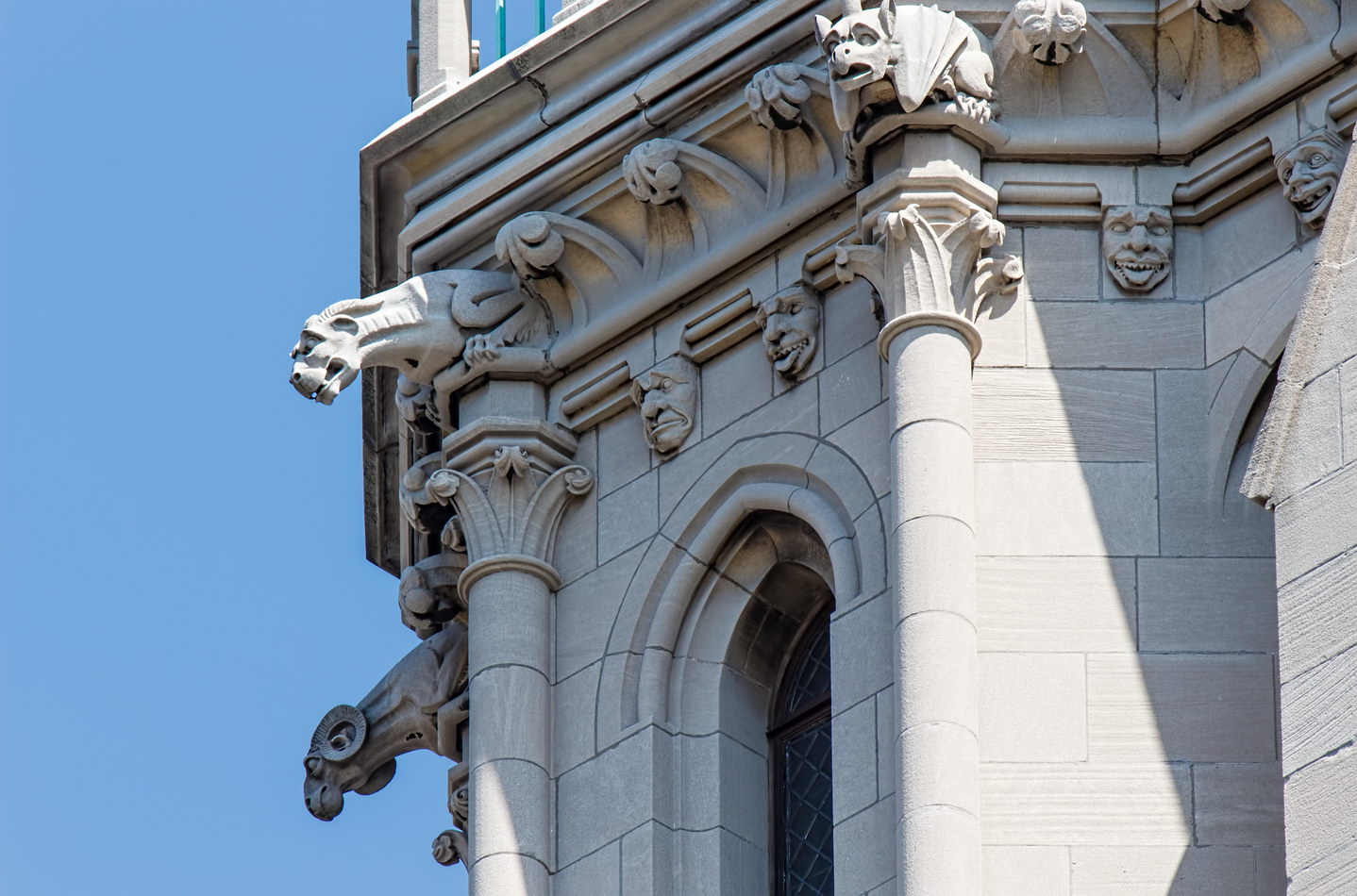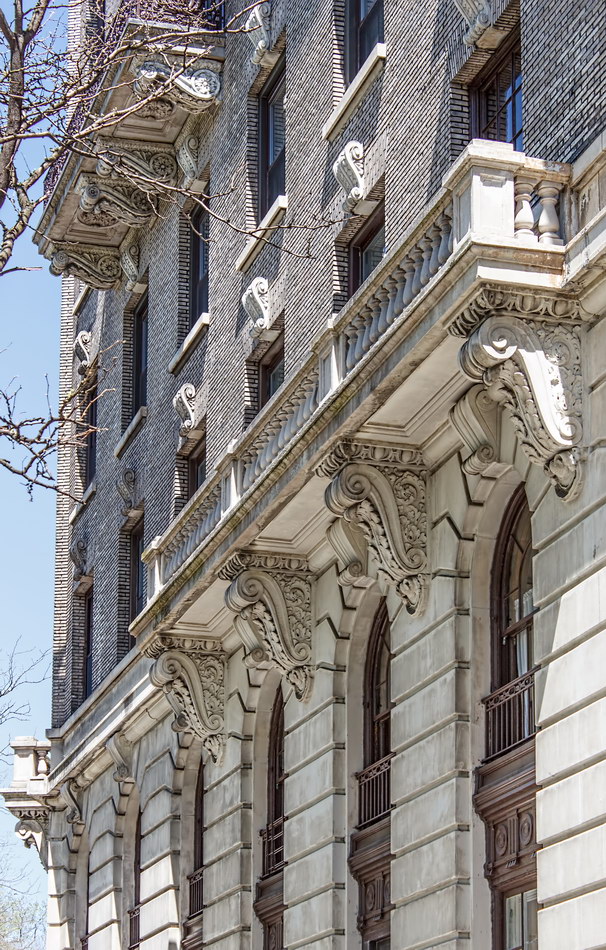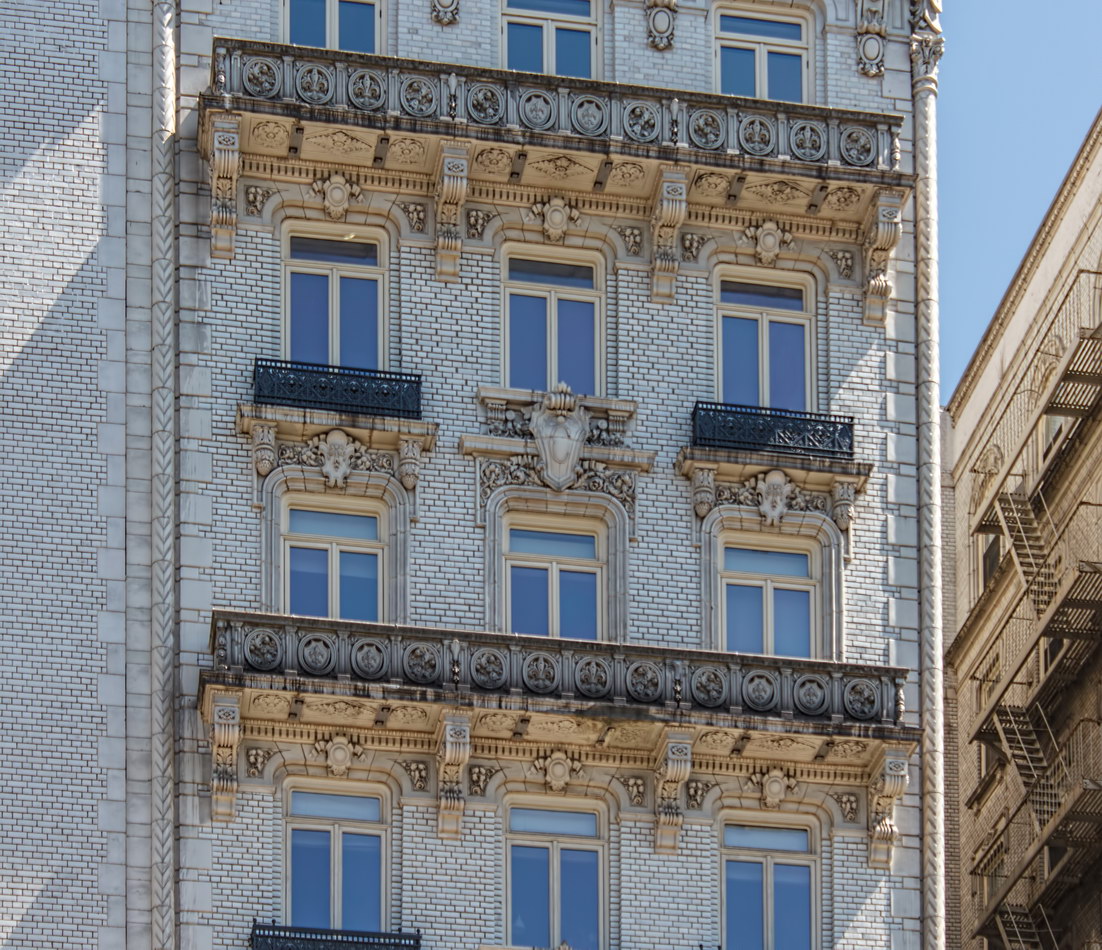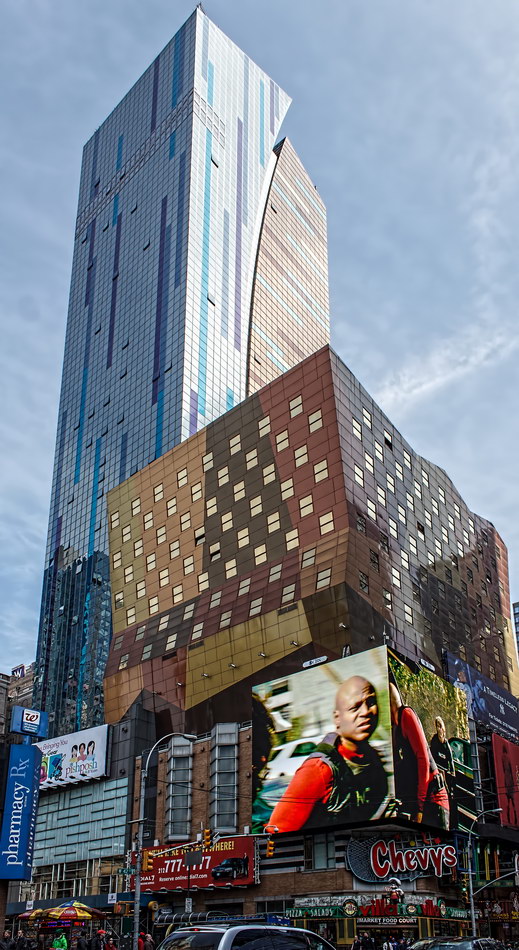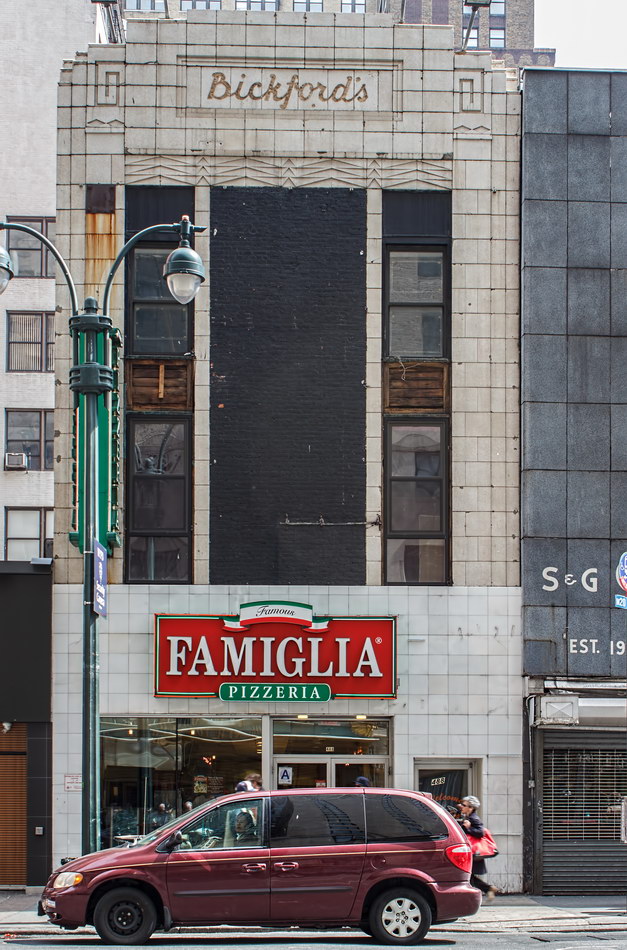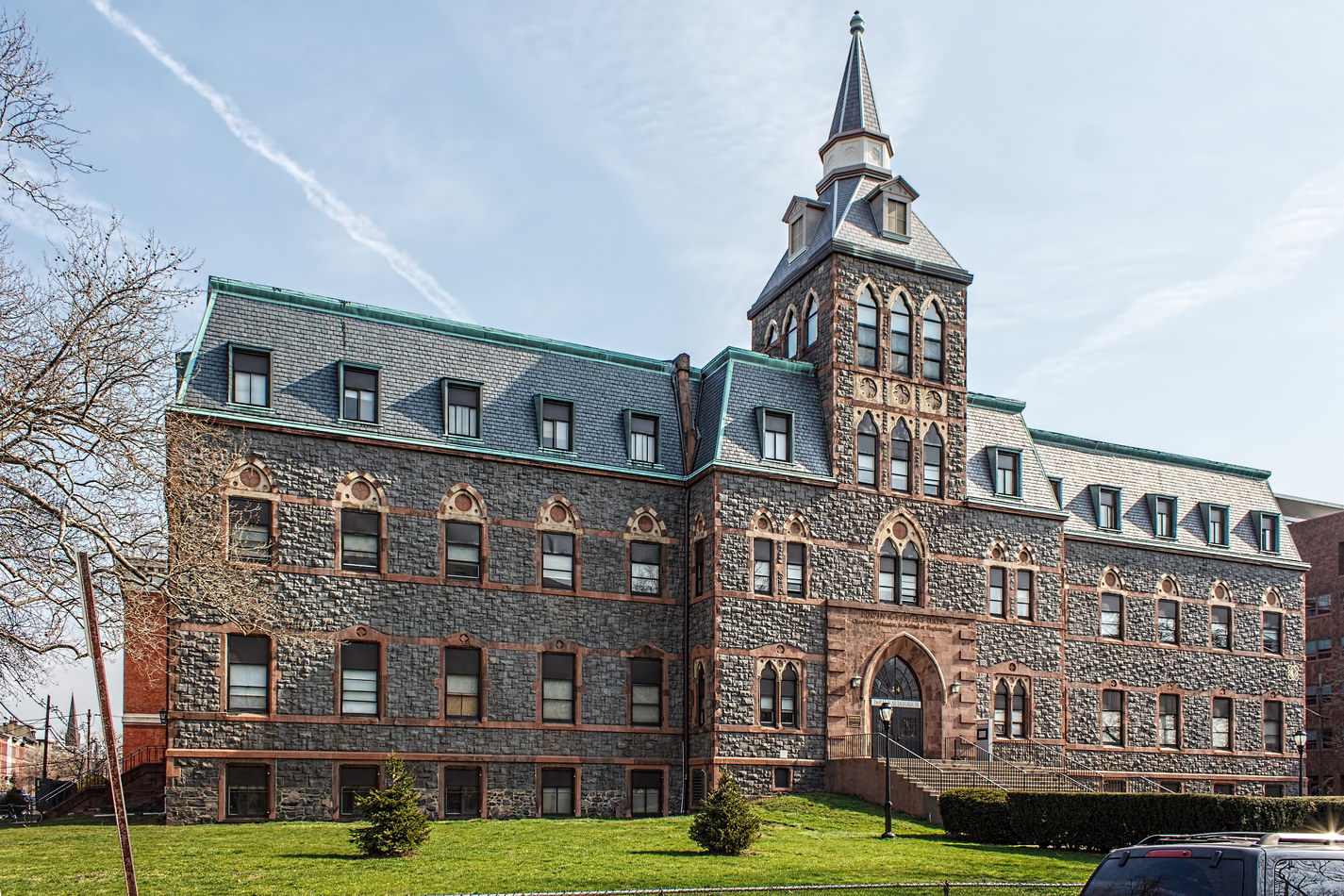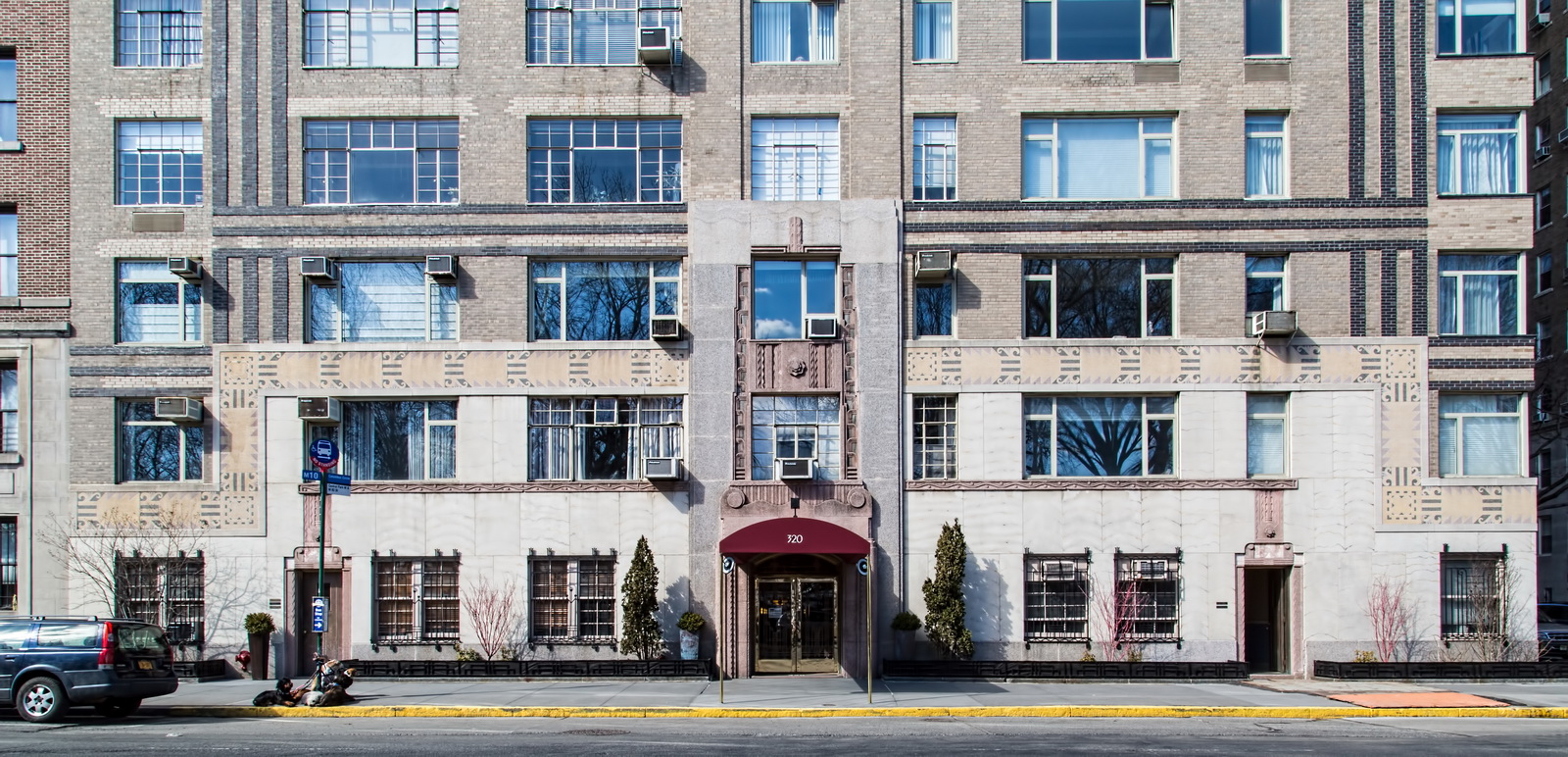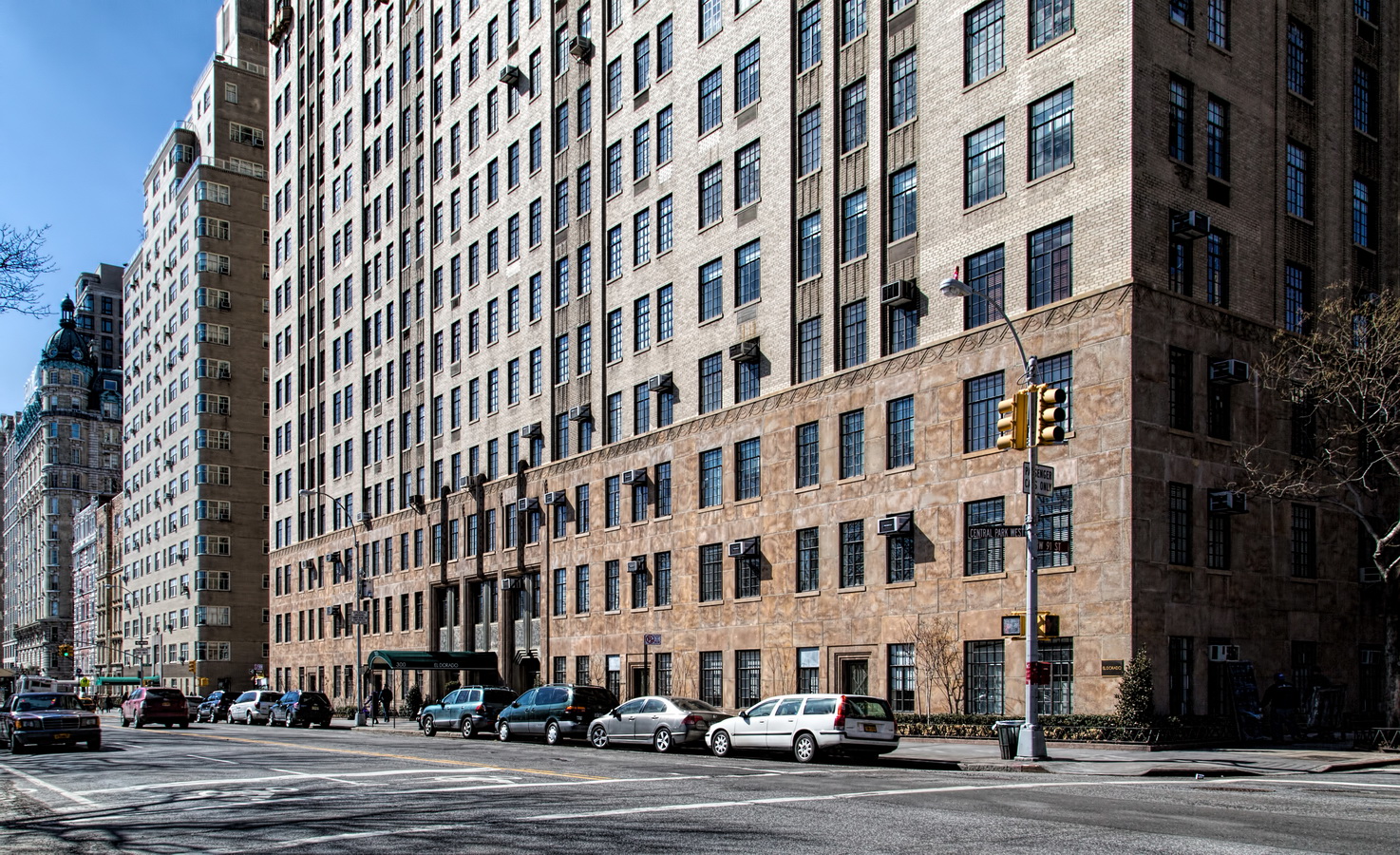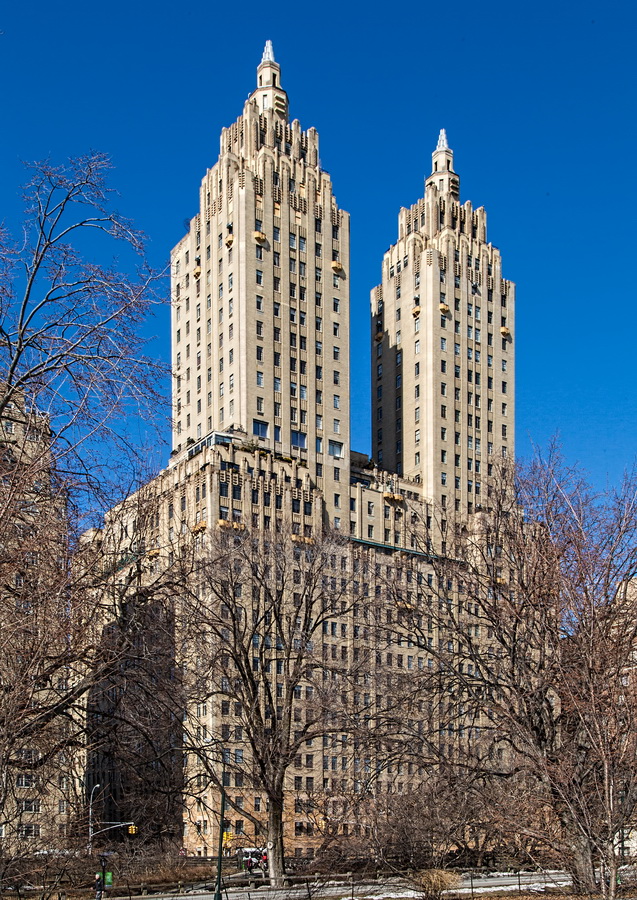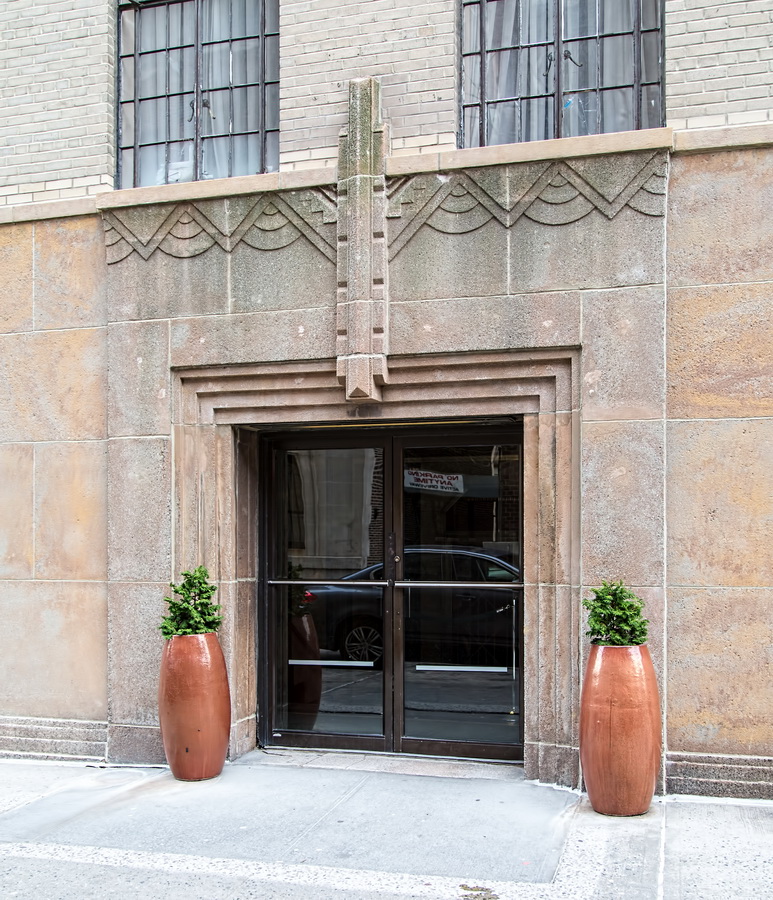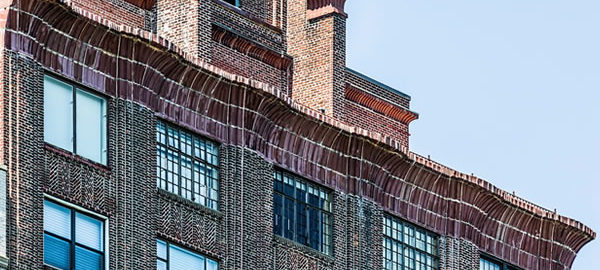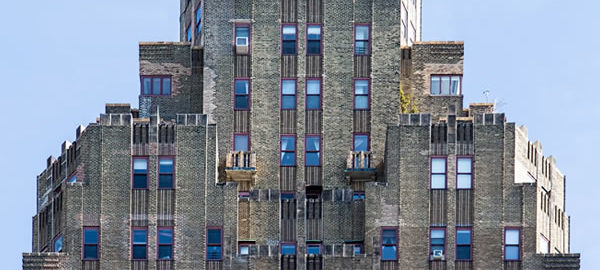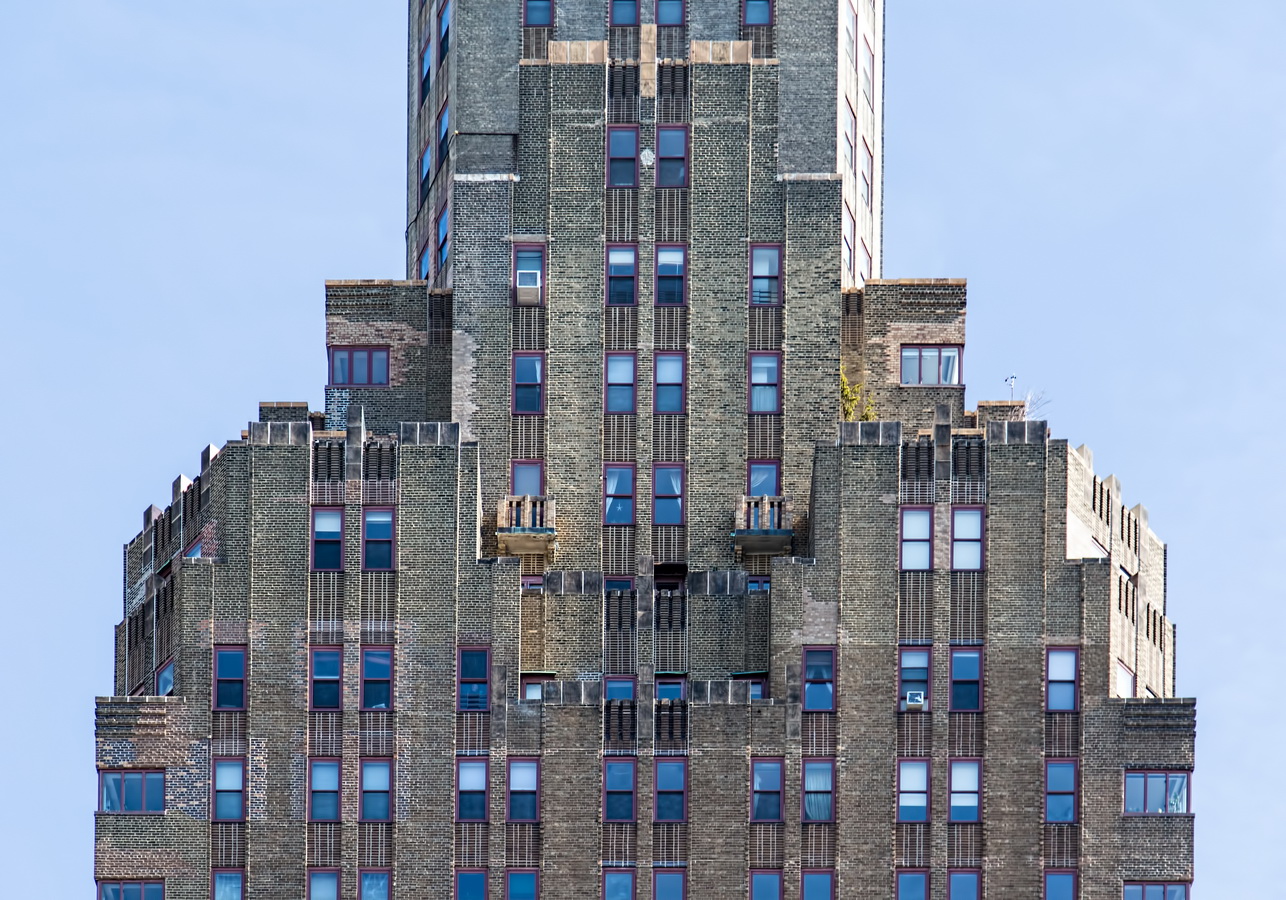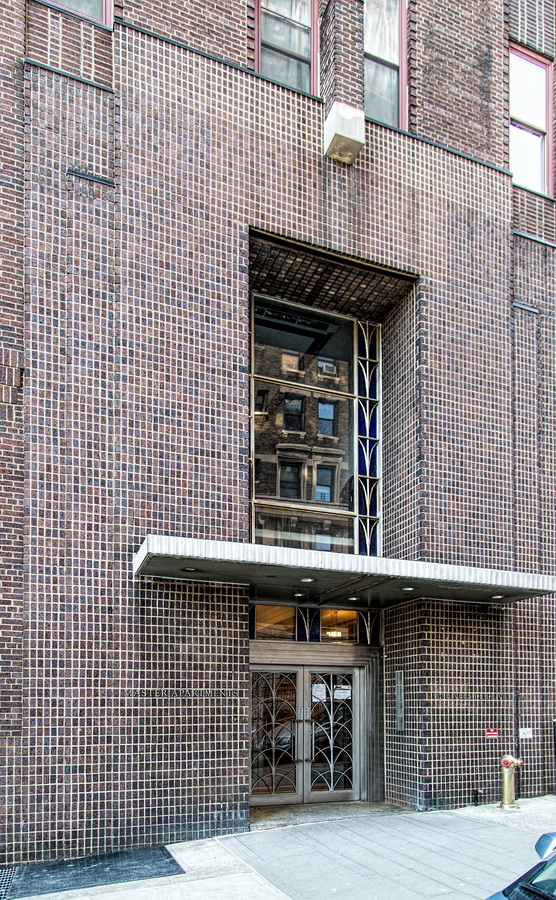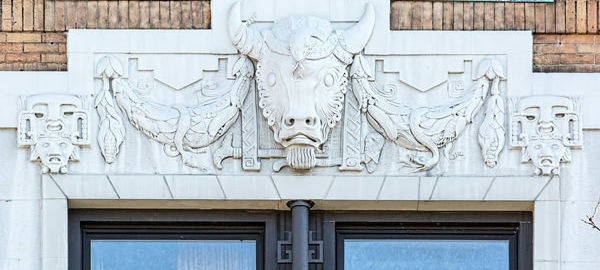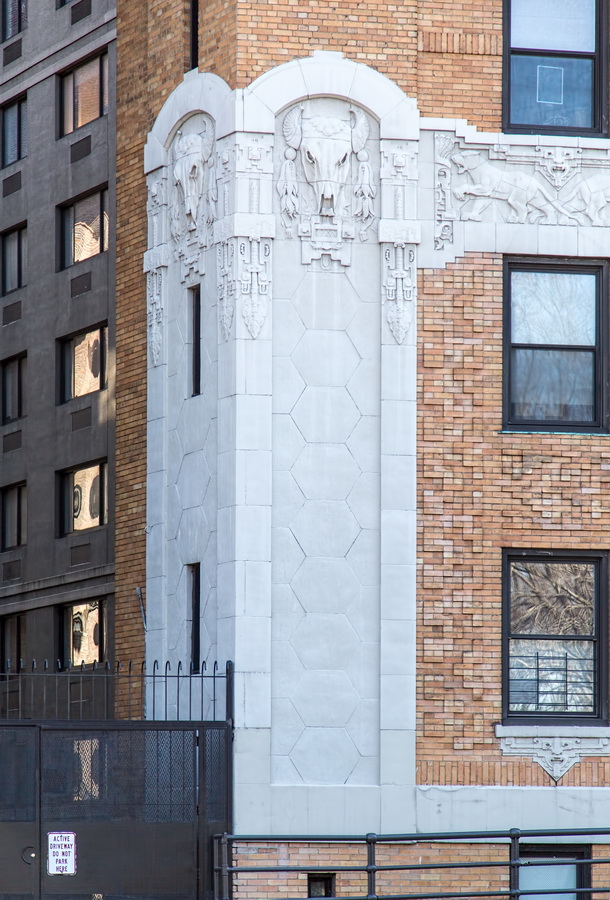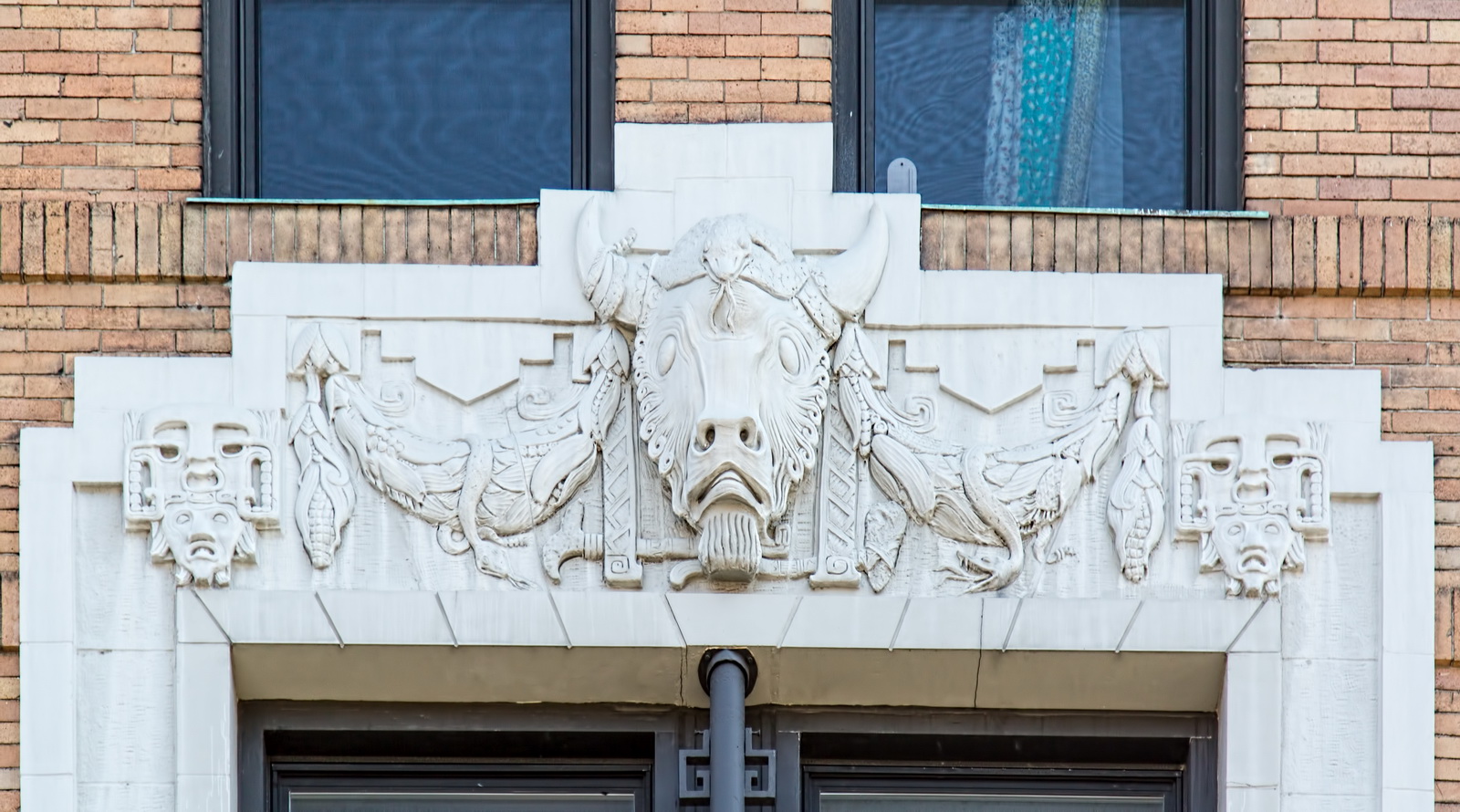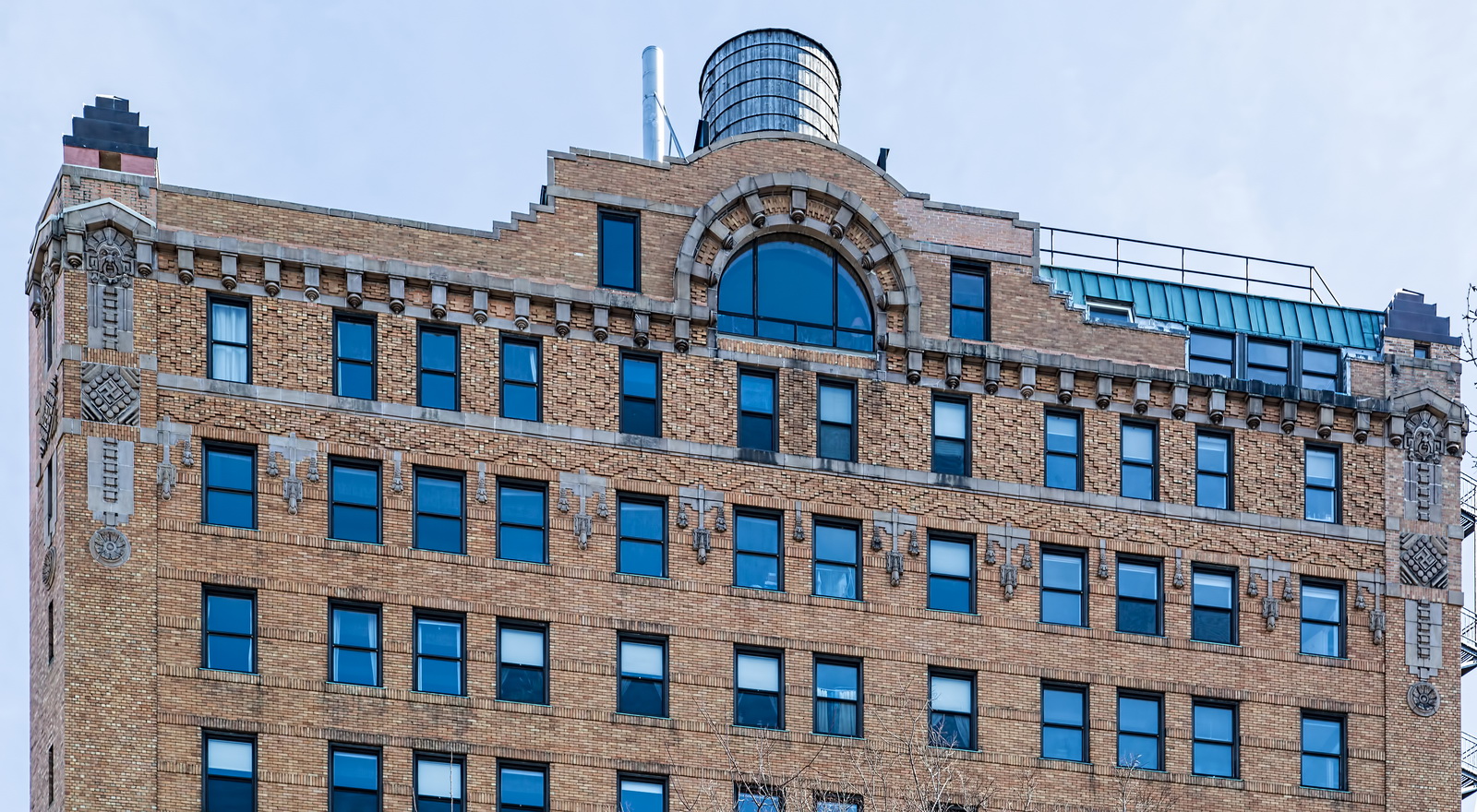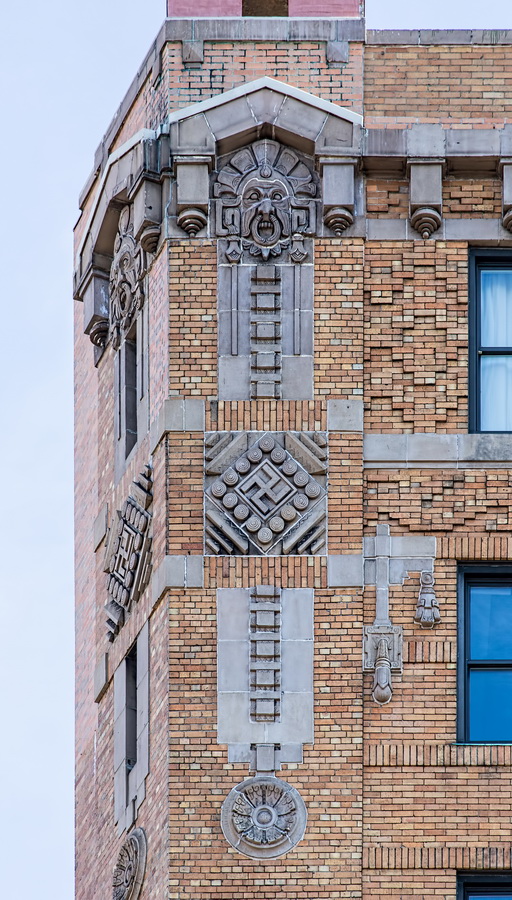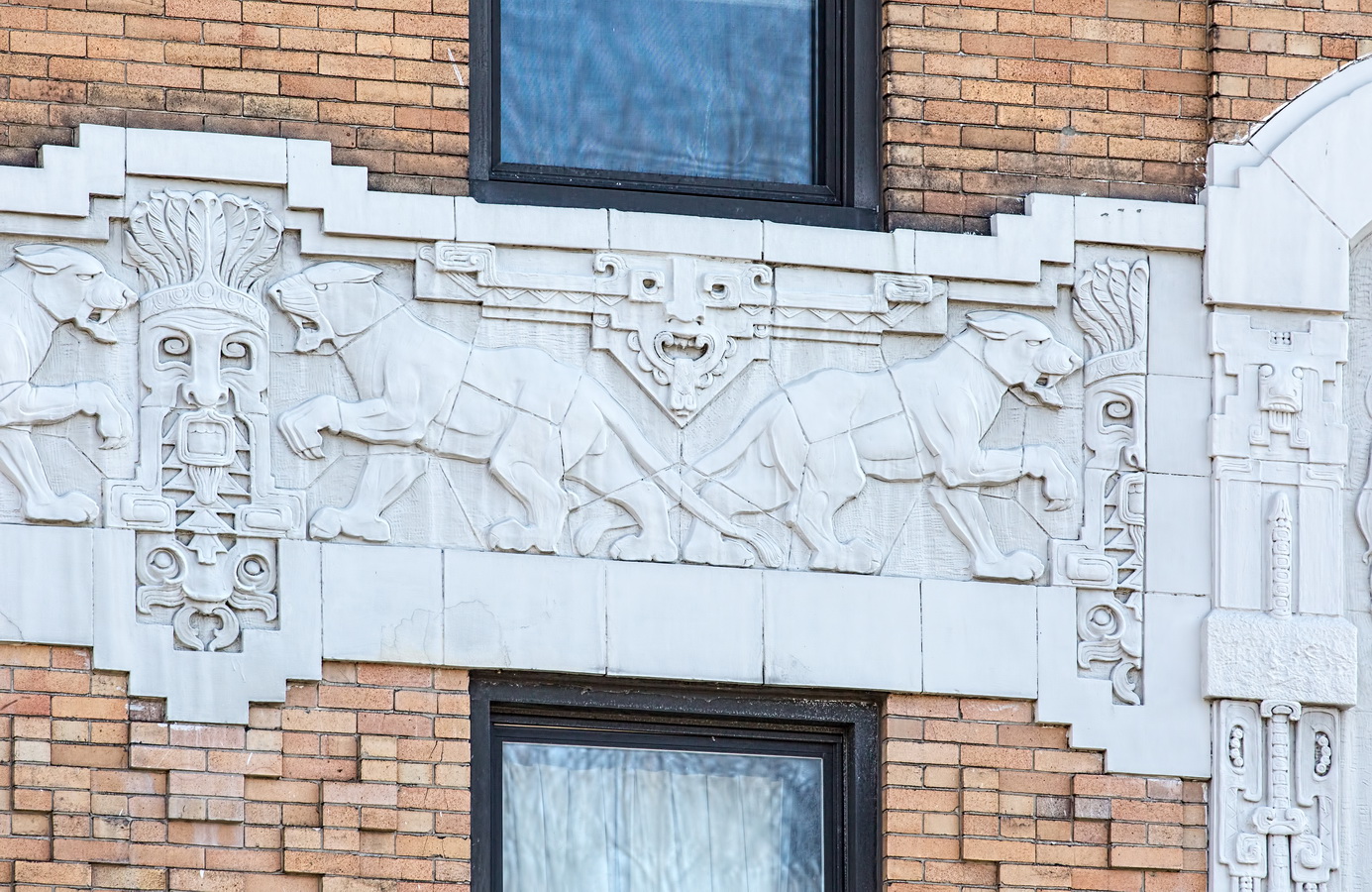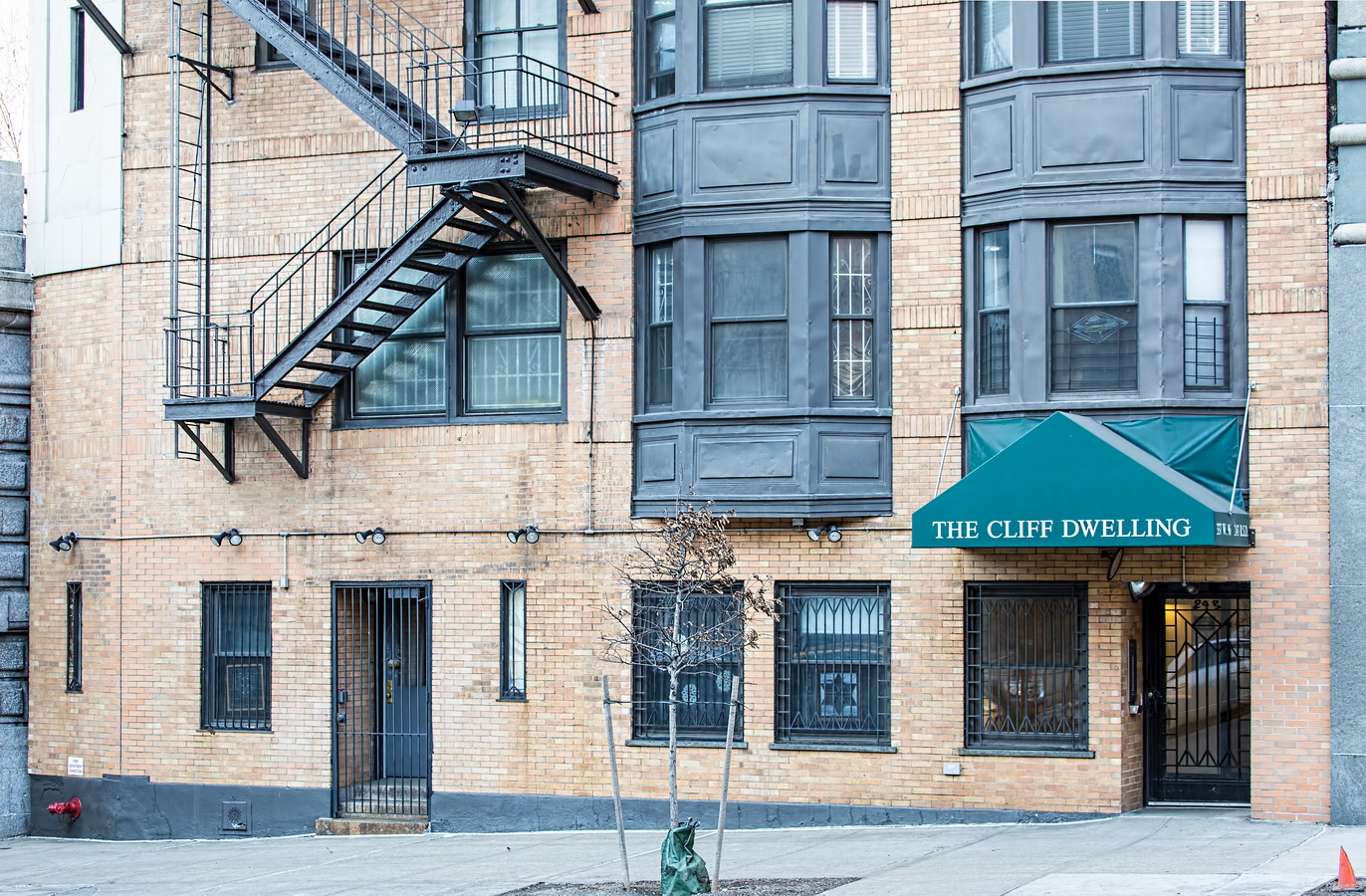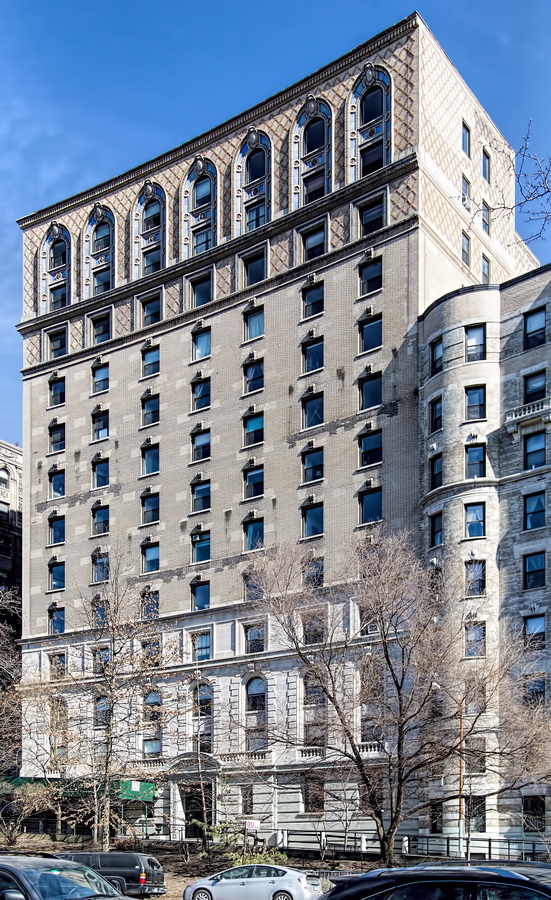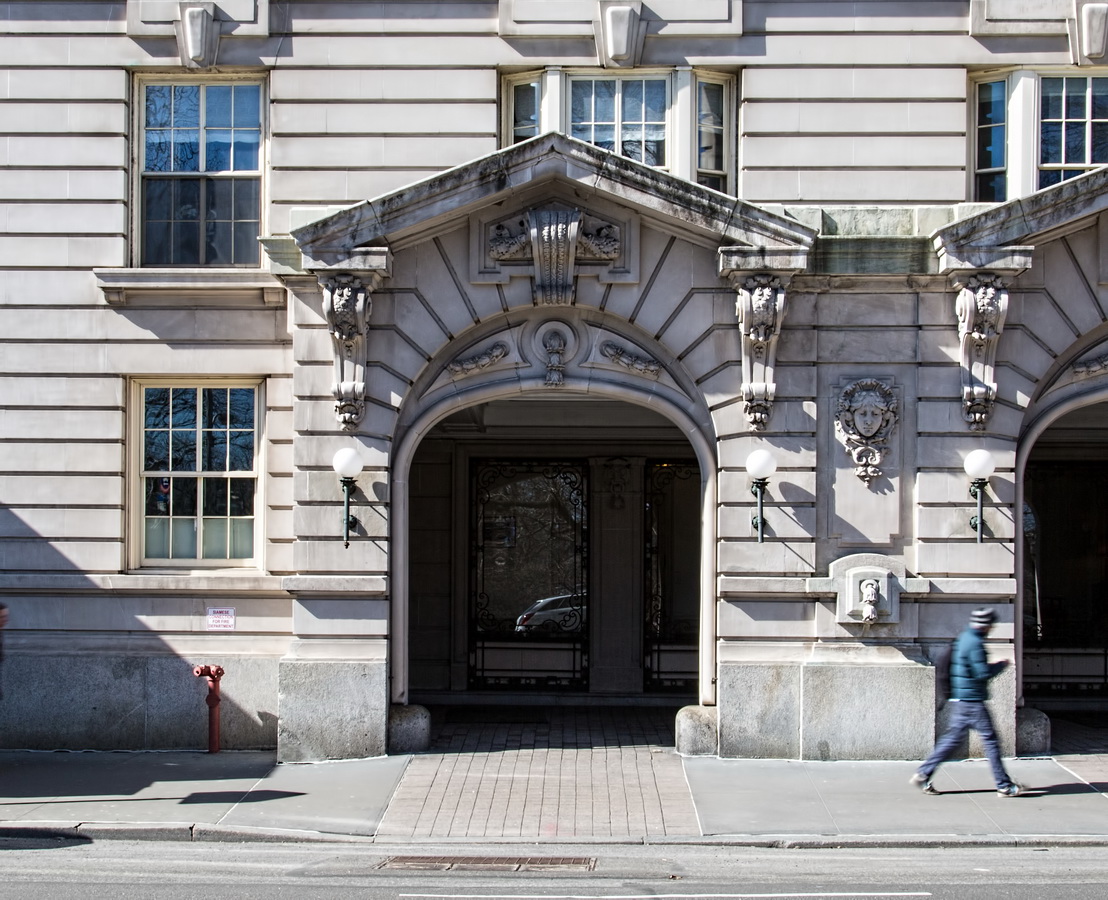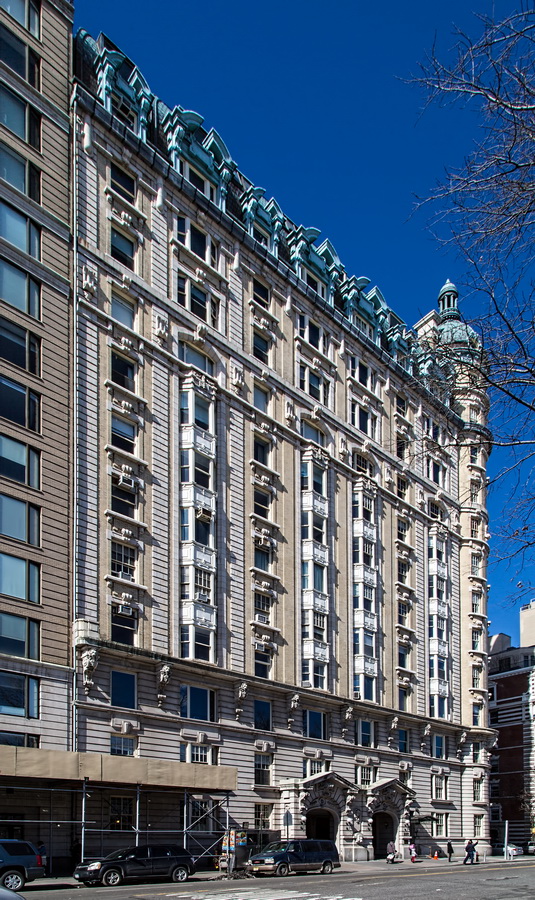Highlights from photos shot in April, 2013 – but not yet added to a neighborhood or specific building gallery. Neighborhoods include Lower Manhattan, Greenwich Village, Midtown, Upper West Side – and Hoboken – Jersey City, New Jersey.
In this album:
- Standard Oil Building (26 Broadway)
- Isamu Noguchi’s Cube – At 140 Broadway / Liberty Street
- One World Trade Tower
- City Hall
- Washington Square Arch
- One Fifth Avenue framed by Washington Square Arch
- Courant Institute (NYU) – 251 Mercer Street
- 2 Cornelia Street – aka 333 Sixth Avenue
- Bigelow Building – 412 Sixth Avenue
- The Villager – 450 Sixth Avenue
- 434 Sixth Avenue
- 37 Washington Square West
- 186 W 4th Street
- 120 E 12th Street – Facade of St. Ann’s Church in front of NYU dorm
- 126 E 12th Street
- Fifth Avenue Building clock
- 488 Eighth Avenue – former Bickford’s (the last two Bickford’s in NYC closed in 1982)
- Bank entrance at New Yorker Hotel
- Lerner Building – 478 Seventh Avenue
- 480 Seventh Avenue
- The Westin New York
- LOFT marquee – Times Square Tower
- The Lyric Theatre
- The New York Times Building
- Knickerbocker Hotel (1906) – aka 6 Times Square
- HBO Building – 1100 Sixth Avenue
- Fred F. French Building
- The Manhasset – 300 W 109th / 301 W 108th Streets at Broadway
- Ariel East – 2628 Broadway (between W 99th and W 100th Streets)
- Ariel West – 2633 Broadway (between W 99th and W 100th Streets)
- Paterno – 440 Riverside Drive – aka 3 Claremont Avenue
- 410 Riverside Drive
- Cathedral of St. John The Divine
- 512 W 112th Street
- Hendrik Hudson – 380 Riverside Drive
- St. Anthony Hall – 434 Riverside Drive
- 452 Riverside Drive
- Oxford Hall – 454 Riverside Drive
- The Riverside Church
- Grant’s Tomb
New Jersey photos also in this album:
- Erie Lackawana Hudson piers – Hoboken, NJ
- New York Sunrise – view from Hoboken
- Willow Avenue / Willow Terrace South – Hoboken
- Clinton Street / Willow Terrace South – Hoboken
- All Saints Episcopal Day School – Hoboken
- Stevens Institute – Hoboken
- Scotland Yard pub – Hoboken
- Second Street – Jersey City, NJ
- Newport – Newport/Jersey City

